A Subaru Guide to Electric Vehicles
The next evolution of Subaru power is here. The Subaru all-electric vehicle lineup starts with the Subaru Solterra EV SUV, but there is much more to come. A Subaru EV takes all of the Symmetrical All-Wheel Drive capability, advanced active safety technology, and trusted longevity and reliability that Subaru vehicles are known for and combines them with the next-generation e-Subaru Global Platform, a new all-electric vehicle architecture.
We've made it easy to understand and access the conveniences an EV gives you, like charging at home or through our trusted networks, leaving you more freedom to explore. Vehicle shown with accessory and aftermarket equipment.
Vehicle shown with accessory and aftermarket equipment.
Charging an Electric Vehicle
Owning a Subaru EV is all about freedom — the freedom from the impact of fossil fuels, the freedom to reach places only a Subaru vehicle can go, and the freedom to charge how and where it’s most convenient for you. A Subaru EV can be a perfect fit for your life no matter how you want to charge it.
EV Charging Flexibility at Home or On the Go
With a Subaru EV, you can leave home each morning with a full charge so you’re always ready to go anywhere. Just like your smartphone, you can simply plug in to a standard wall outlet when you get home with the included Level 1 120V charger. You can get an even faster charge with a Level 2 240V charger utilizing an outlet like the kind used for an electric clothes dryer. Other Level 2 chargers are available for public or customer use at retail stores, hotels, and parking lots 1
DC fast-charging stations with the most powerful charging technology are available at dedicated locations across the nation.
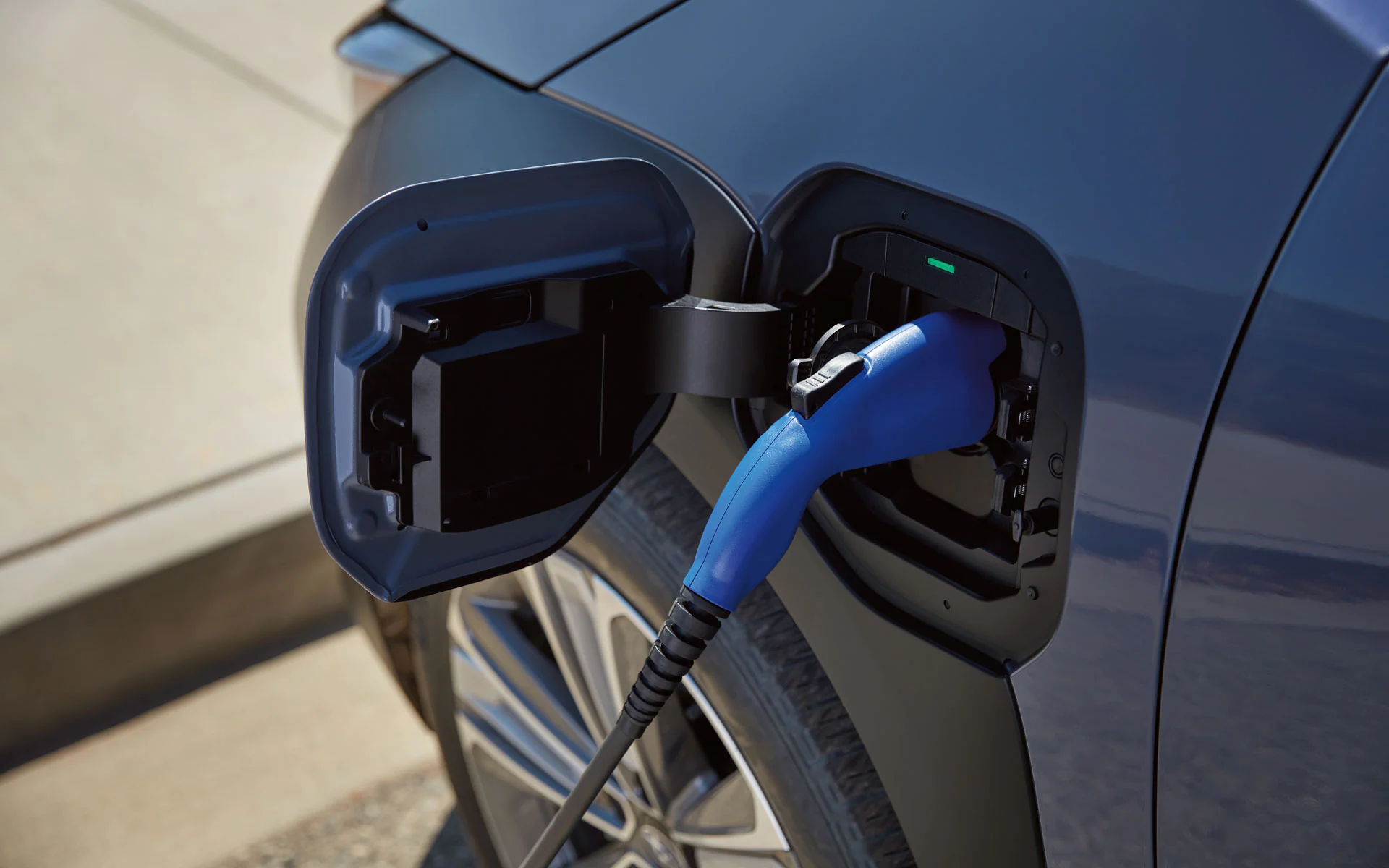
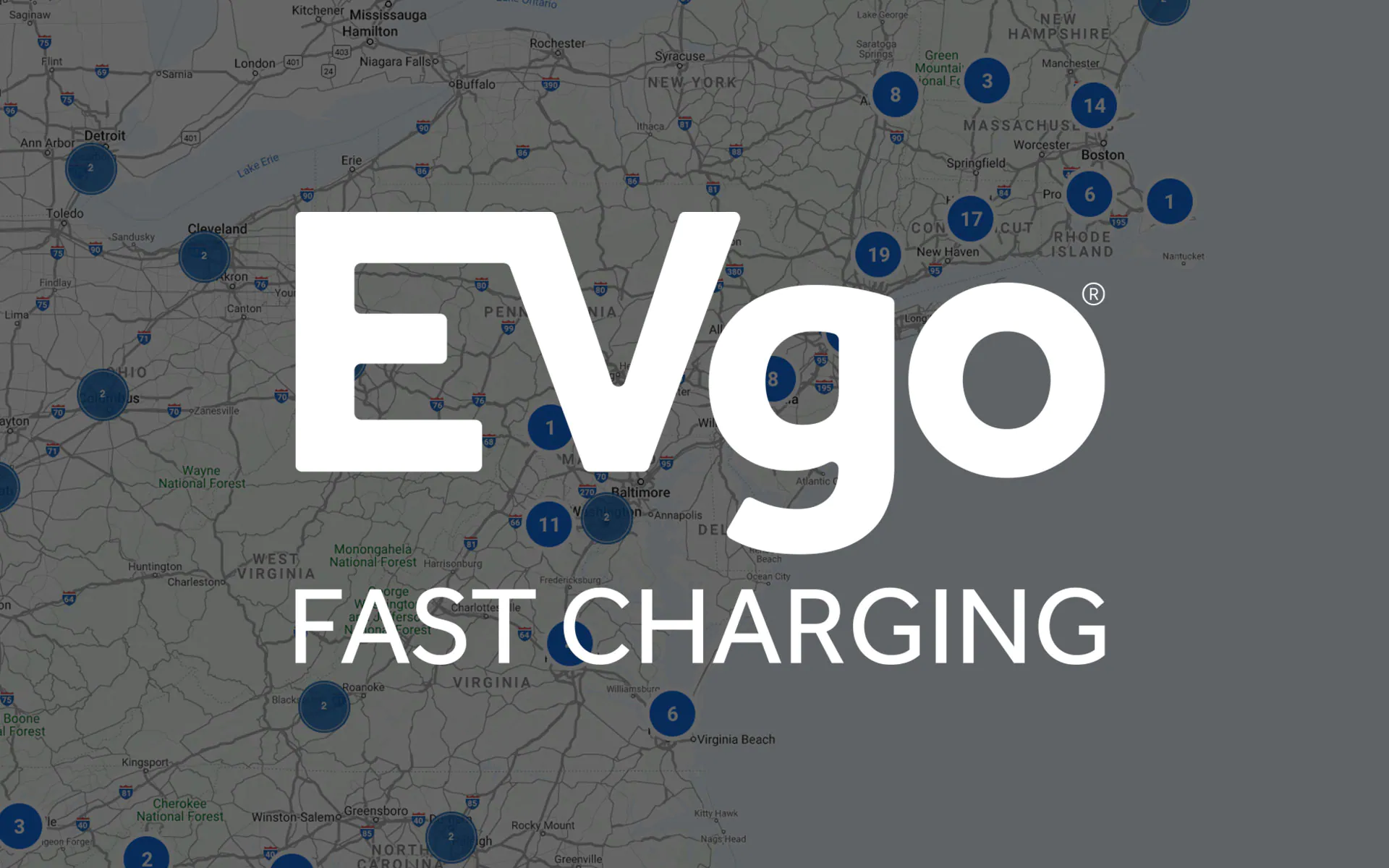
EVgo Charging Network: Charge Up at Over 46,000 Charging Stations
Benefits of Electric Vehicles
Saving money on gas and the environmental benefits of a zero-emission vehicle are obvious, but there are other reasons why driving a Subaru EV can be so rewarding. From tax credits to reduced maintenance costs to a more pleasant commute, buying a Subaru EV is a smart investment for the long road ahead.
Solterra Is a Zero-Emissions Vehicle
With no tailpipe emissions and no need for gasoline or oil changes, owning an efficient, capable Subaru EV is the easiest way to enjoy everything the natural world has to offer while protecting it at the same time.
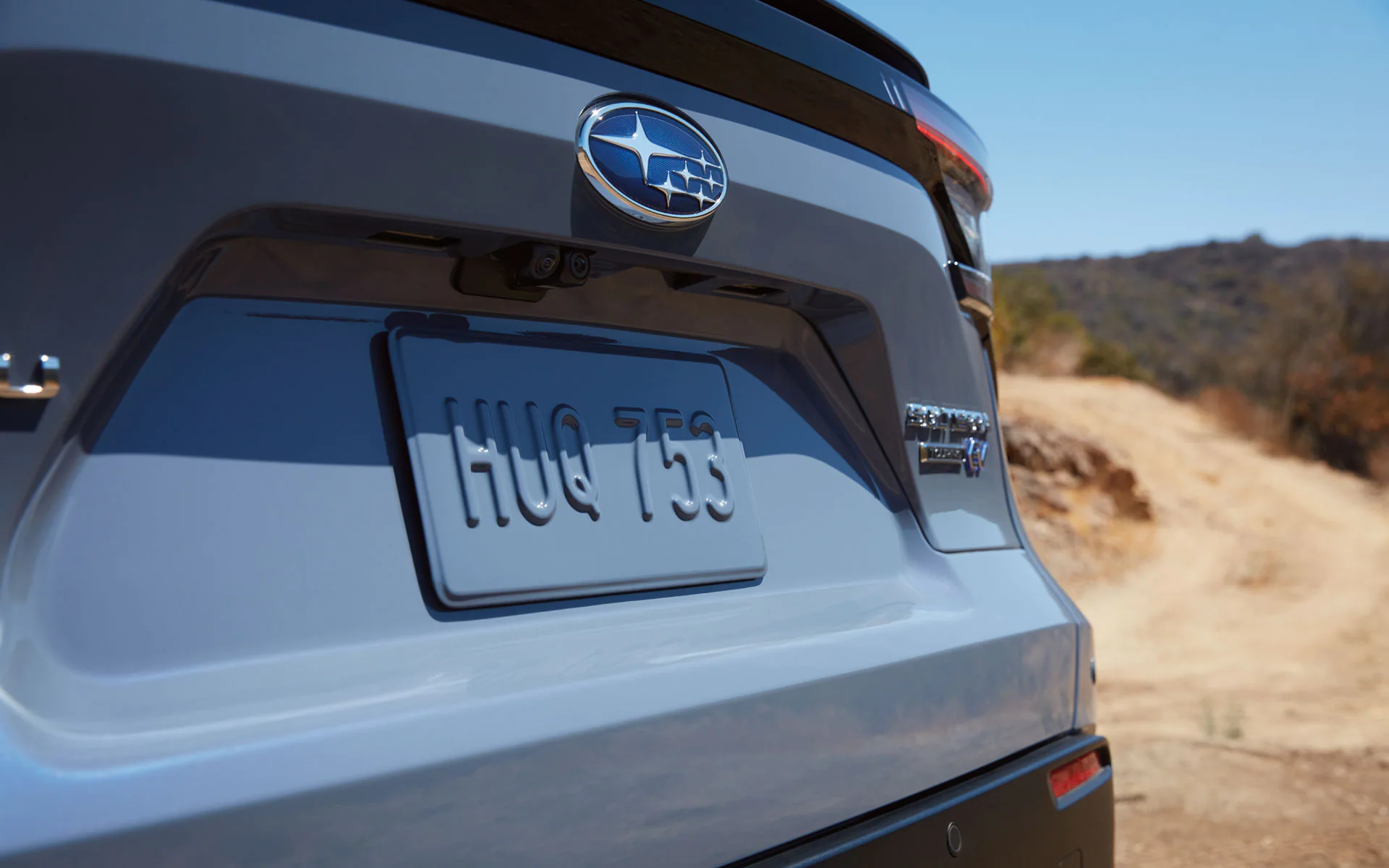
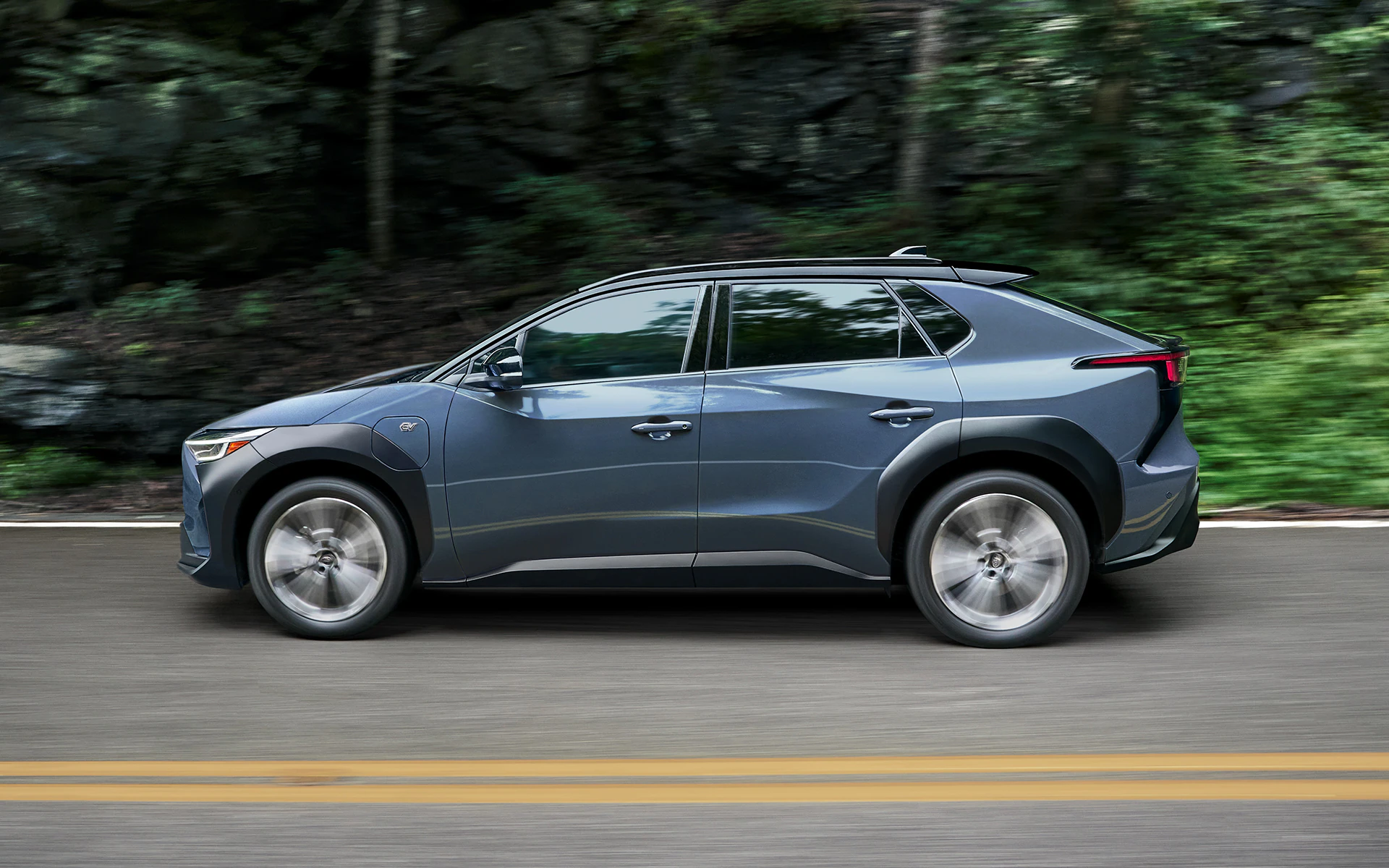
Electric Vehicle Tax Credits and Incentives
Owning a Subaru EV means you can take advantage of possible tax credits, state and local financial incentives, and discounts depending on your location and employer.
Learn more at fueleconomy.govWhen leased through Subaru Motors Finance 4
Fuel and Time Savings
No combustion engine means no need for fuel, and if you charge at home, you can expect to only pay approximately $9 to $10 for a full charge 5
Vehicle shown with accessory and aftermarket equipment.
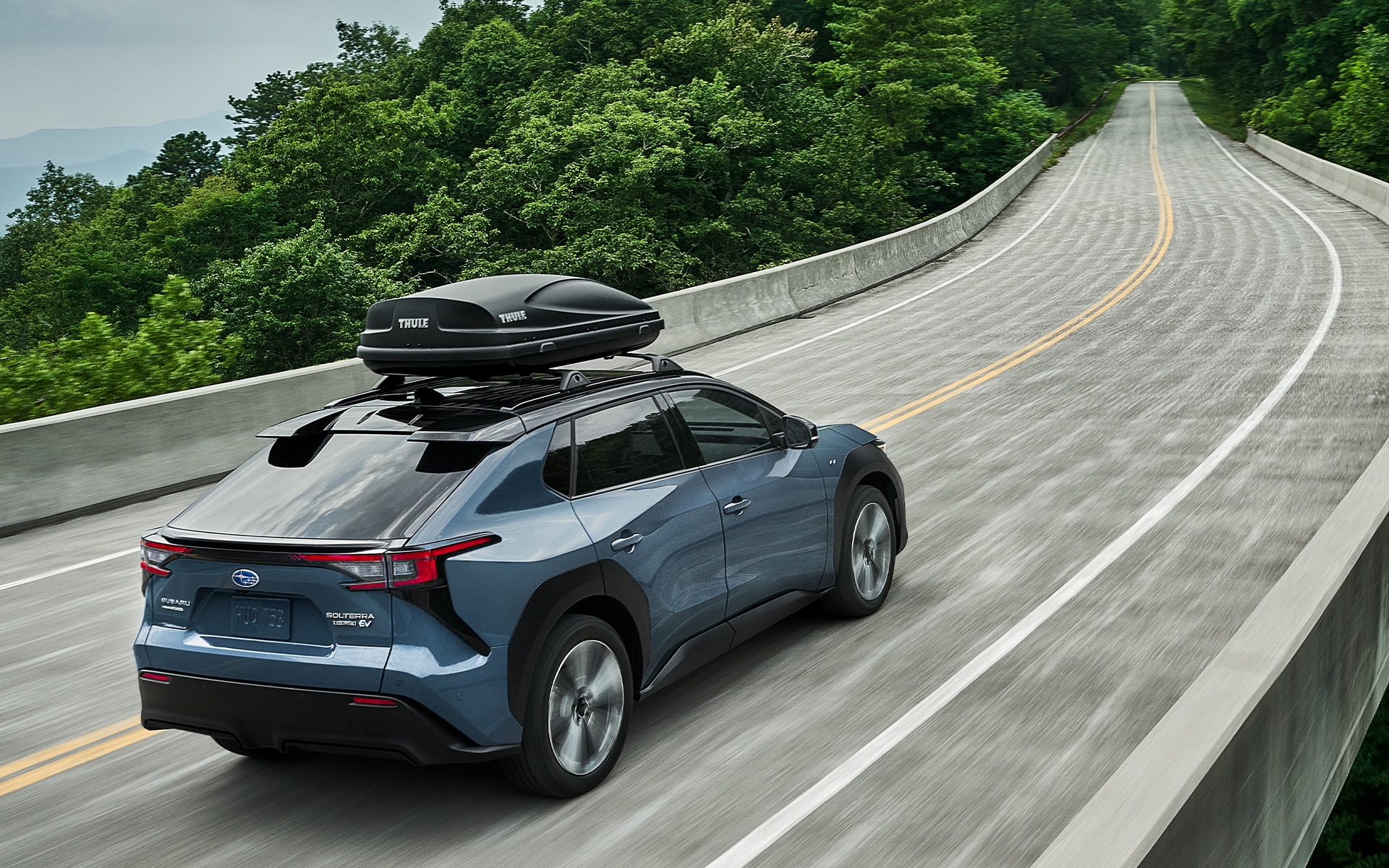
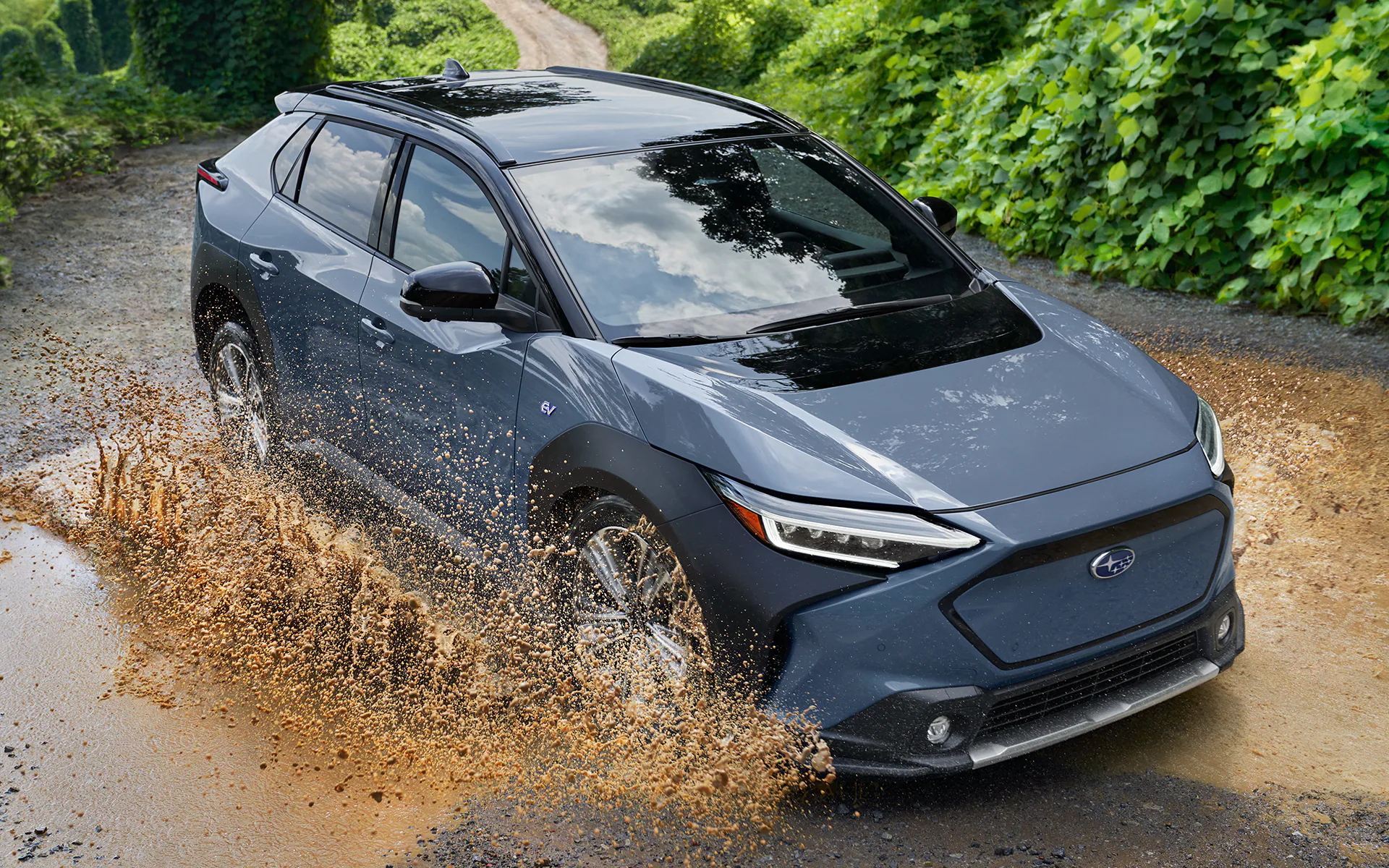
Maintenance Savings
A Subaru EV is not only more fuel efficient than a traditional internal combustion engine vehicle; it’s also simpler to maintain. You’ll even spend less time waiting at the mechanic for regular maintenance like oil changes compared to a gas-powered vehicle.
HOV Lane Access for a Better Commute
Certain states allow electric vehicles to access high-occupancy vehicle lanes. It's just one more way owning a Subaru EV can make everyday driving easier and more enjoyable.
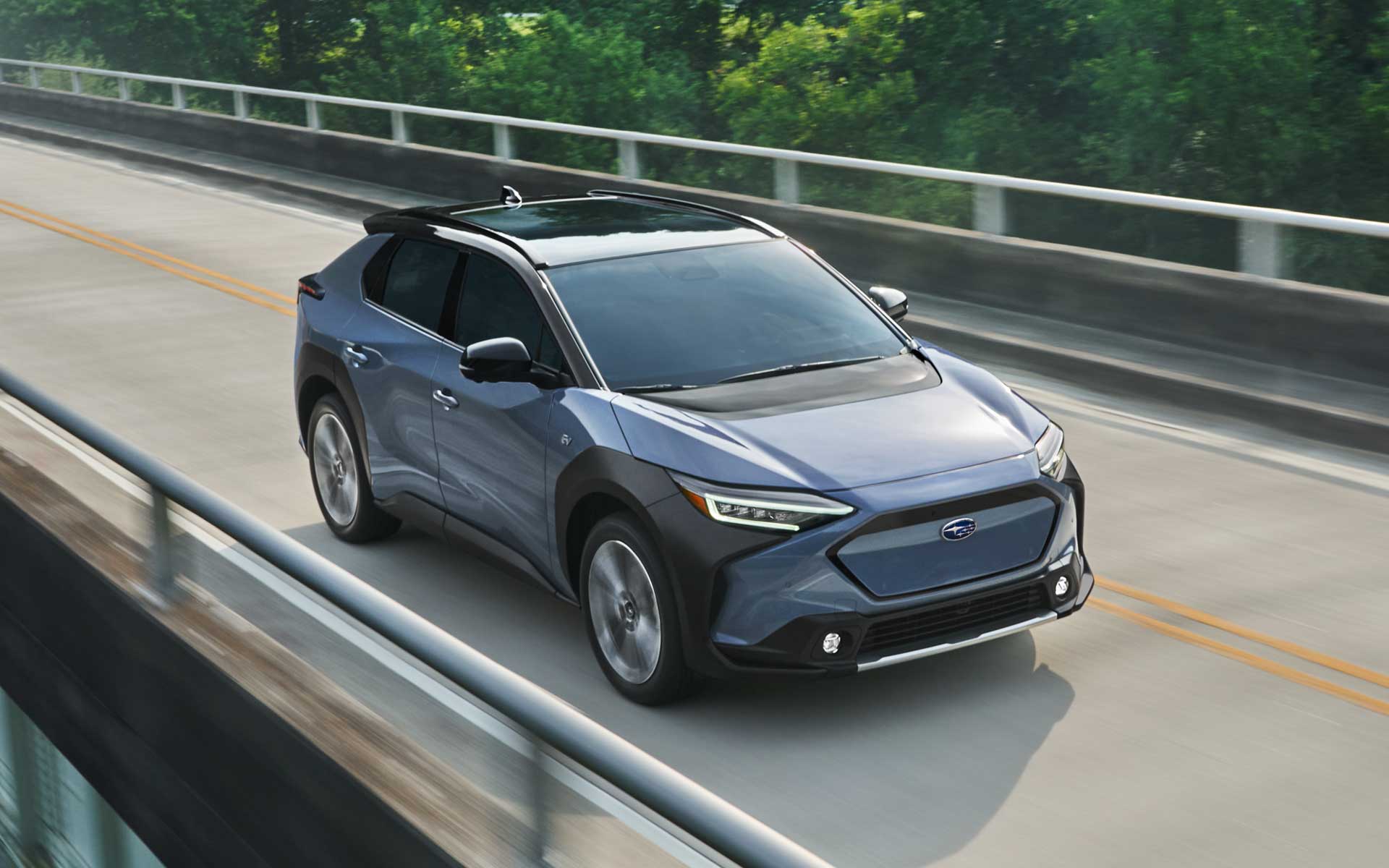
2024 Solterra Models
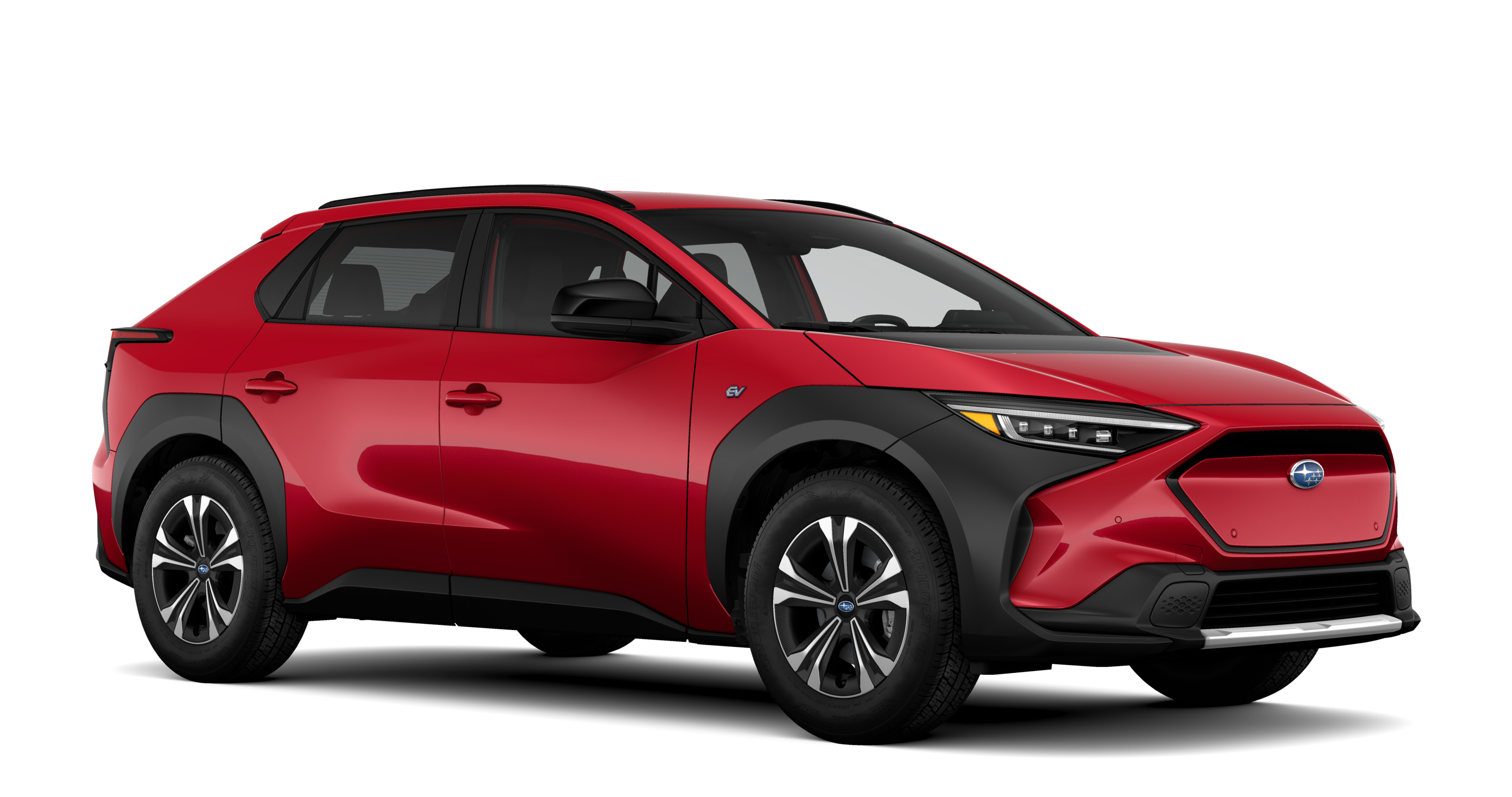
2024 Solterra Premium
Includes these key features:
- StarDrive® all-electric drivetrain with 72.8 kWh battery capacity
- Symmetrical All-Wheel Drive
- 8.3 inches of ground clearance
- X-MODE® with Downhill Assist Control
- EyeSight® Driver Assist Technologies
- Blind-Spot Monitor
- 8-inch Subaru Multimedia with wireless Apple CarPlay® and Android Auto™
- Roof rails
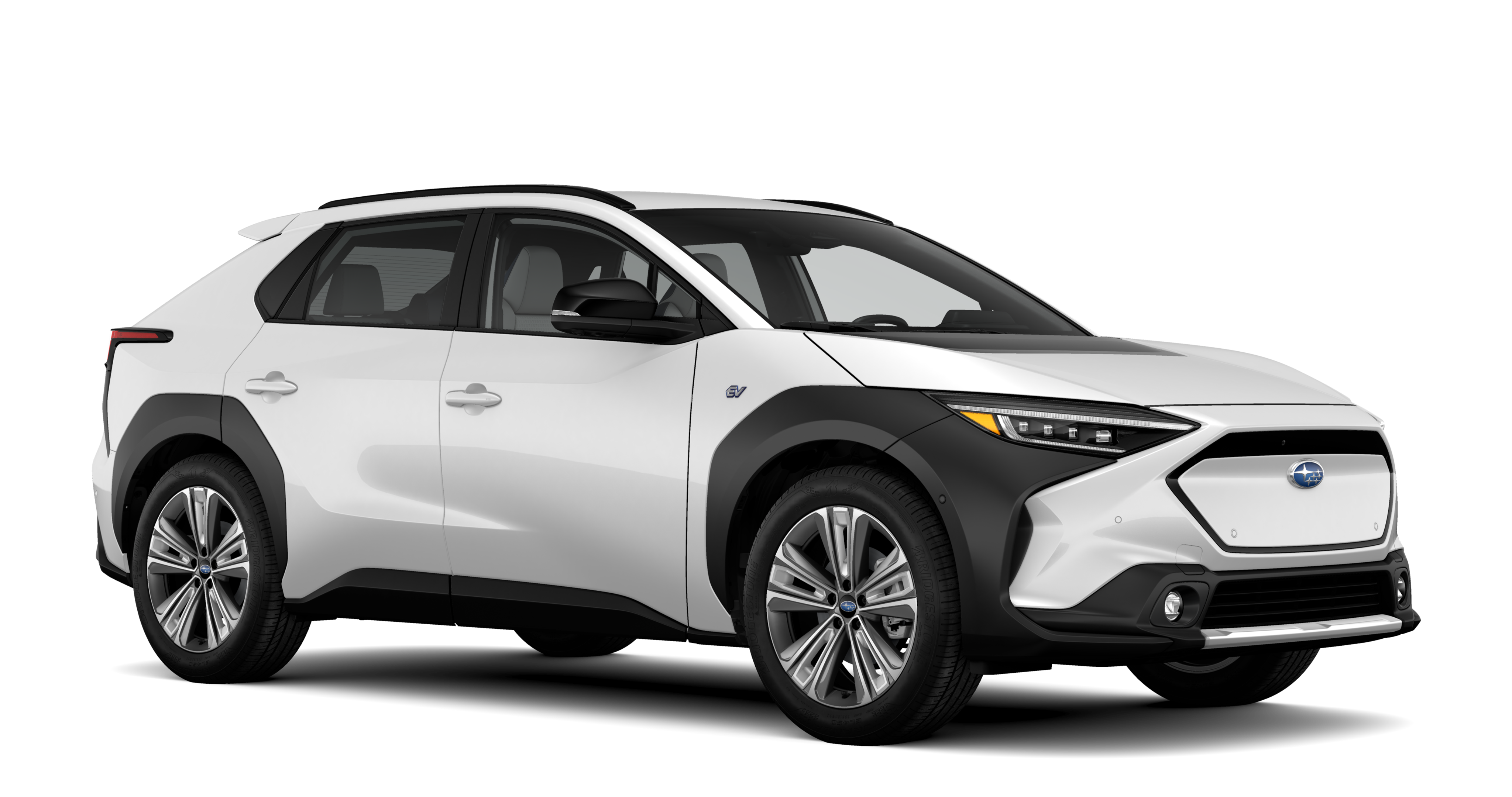
2024 Solterra Limited
Includes these key features:
- 20-inch alloy wheels
- Panoramic View Monitor
- Advanced Park
- Heated steering wheel, front and rear seats
- 12.3-inch Subaru Multimedia and Harman Kardon® premium audio system
- Power adjustable front seats
- Power rear gate
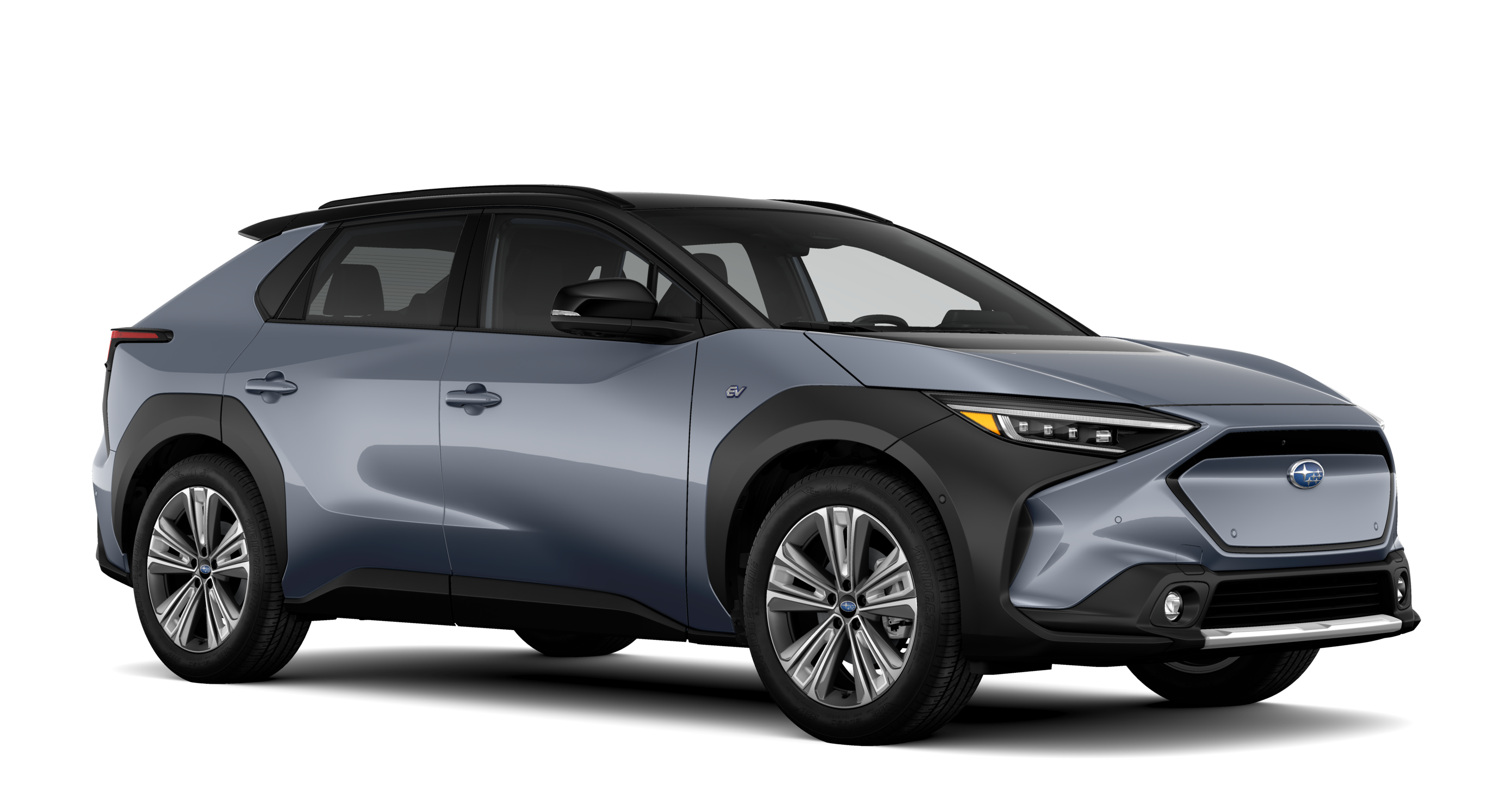
2024 Solterra Touring
Includes these key features:
- Gloss black hood accent with two-tone paint option
- Panoramic fixed glass roof with power sunshade
- Digital rearview mirror
- Ventilated front seats
- Interior accent lighting
- Retractable cargo area cover
